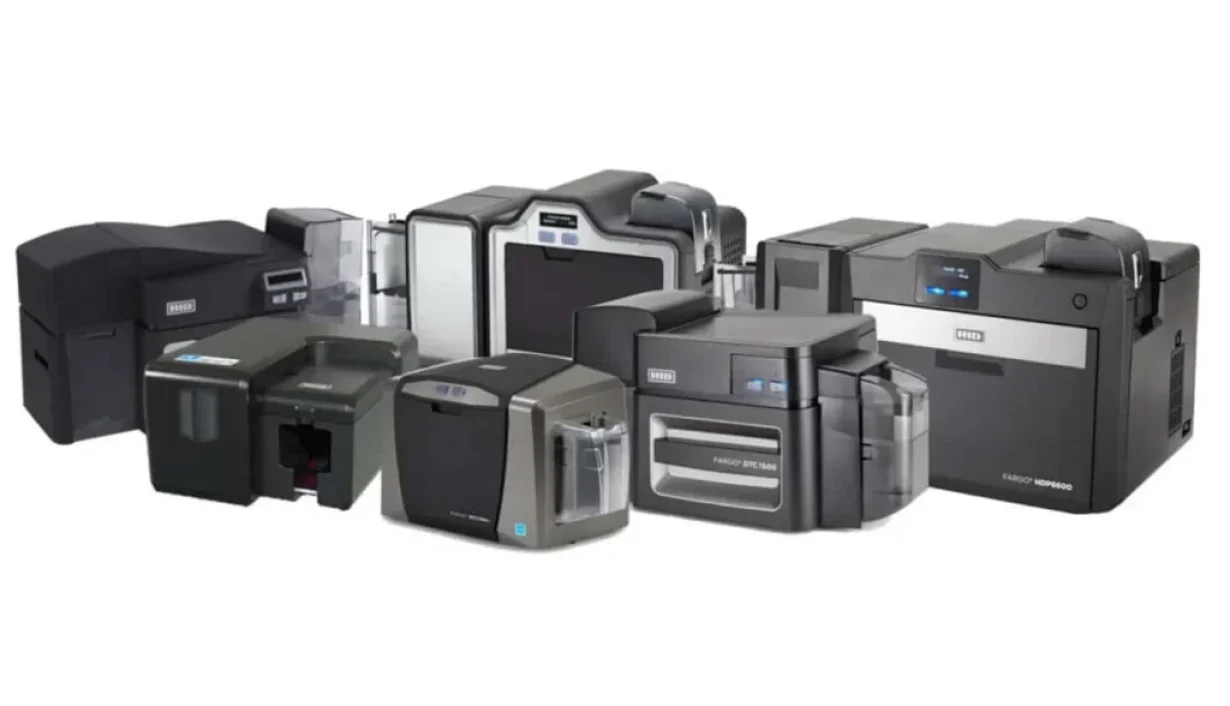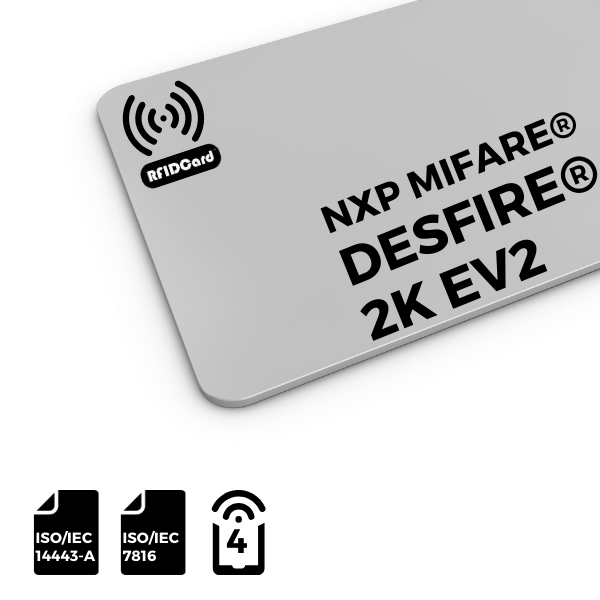
🎉 Ultimate Guide to Choosing the Perfect ID Card Printer for Your Needs
Choosing the right ID card printer can feel overwhelming with so many models, technologies, and features available. Whether you’re running a large corporation, a small business, or an educational institution, selecting the right ID card printer is crucial for smooth operations and high-quality identification cards. This guide will help you make an informed decision based on your specific needs.
💡 What is an ID Card Printer?
An ID card printer is a specialized device designed to print identification cards, access cards, badges, and more. These printers come in various forms, each with unique functionalities suitable for different applications. The printed cards can range from basic monochrome designs to highly secure, multi-color cards with embedded chips. ID card printers are widely used in industries such as education, healthcare, hospitality, and corporate sectors, where security and personalization are key considerations.
🖨️ Types of ID Card Printers
There are four main types of ID card printers, each with its own characteristics, advantages, and disadvantages:
1. Direct-to-Card Printer (Dye-Sublimation Printers)
Definition: These printers use dye-sublimation technology to transfer images directly onto the card surface, ideal for high-volume printing.
Advantages:
- Cost-effective for small to medium-sized businesses.
- Fast printing speed, perfect for bulk printing.
- Stable print quality with single-sided or double-sided options.
Disadvantages:
- Average print quality with lower color vibrancy.
- Not suitable for complex designs or high-resolution requirements.
Suitable Applications: Schools, retail stores, and membership card issuance.
2. Re-Transfer Printer
Definition: These printers first print the image onto a film before transferring it onto the card surface, providing high-quality image effects.
Advantages:
- High print quality with vibrant colors and detailed images.
- Supports printing on various materials, ideal for customized cards.
- Can print to the card’s edges for full-color coverage designs.
Disadvantages:
- Higher cost and slower printing speed.
- More complex printing process with additional steps.
Suitable Applications: Government agencies, premium membership cards, and company ID cards.
3. Inkjet Card Printer
Definition: Inkjet printers use nozzles to spray ink precisely onto the card surface, suitable for high-quality images and details.
Advantages:
- High printing precision for intricate designs.
- Produces vibrant colors and high-quality images.
Disadvantages:
- Slower printing speeds and higher costs.
- Not suitable for high-volume printing.
Suitable Applications: Small businesses or personalized card customization services, such as event tickets and gift cards.
4. Thermal Transfer Printer
Definition: These printers use a thermal head to transfer toner from a ribbon onto the card surface, commonly used for printing barcodes and text.
Advantages:
- Durable prints suitable for wear-resistant cards.
- Clear print quality ideal for barcodes and simple text.
Disadvantages:
- Slower printing speeds, typically limited to monochrome printing.
- Not suitable for color-intensive designs.
Suitable Applications: Medical cards and employee ID cards requiring high durability.
🔍 Key Features to Consider When Choosing ID Card Printers
When selecting an ID card printer, consider the following features to enhance print quality and reduce costs:
1. Print Resolution
Higher resolutions provide clearer and more vibrant images, especially for logos, photos, or complex designs. Aim for a printer with at least 300 dpi (dots per inch).
2. Card Type Compatibility
Ensure the printer supports the desired card types (PVC, PET, composite materials, or eco-friendly options) and sizes. Consider compatibility with smart cards or contactless cards for enhanced security.
3. Print Speed and Volume
High-end models can achieve speeds of up to 250 cards per hour, ideal for bulk printing. Choose a printer that meets your print volume needs while balancing speed and quality.
4. Security Features
Look for features like smart card encoding, magnetic stripe encoding, and the ability to print holograms or watermarks to protect sensitive information.
5. Connectivity
Modern ID card printers offer USB, Ethernet, and Wi-Fi connectivity options. Ensure the printer integrates seamlessly into your office network.
6. Consumable Costs
Assess the costs of ribbons, cards, and films to understand long-term operating expenses. Some printers have higher ribbon or card prices, which can increase overall investment.
🎨 The Importance and Types of Ribbons
Ribbons play a crucial role in ID card printing, affecting both print quality and cost. Here are the common types of ribbons and their applications:
1. Full-Color Ribbon
Ideal for photo-quality images and complex patterns. Suitable for employee cards, membership cards, and student IDs.
2. Half-Panel Color Ribbon
Cost-effective for designs requiring limited color. Suitable for low-cost membership cards and employee cards.
3. Black Ribbon
Specialized for printing black text or simple graphics. Ideal for employee and access control cards.
4. Monochrome Ribbon
Used for single-color printing (e.g., gold, silver, white). Suitable for high-end membership cards and VIP cards.
5. Overlay Black Ribbon
Adds a protective overlay layer for enhanced durability. Suitable for employee and access control cards.
6. UV Fluorescent Ribbon
Prints security patterns visible under UV light. Ideal for government IDs, bank cards, and VIP cards.
🛠️ How to Choose a Card Printer Based on Your Needs
Selecting the right card printer involves considering several key factors:
1. Print Volume Needs
Small businesses with lower print requirements can opt for economical printers, while large enterprises need devices that support high-volume printing.
2. Print Quality Requirements
If you need to print intricate images or photographs, choose a high-resolution printer (above 600 dpi). For simple text printing, a lower resolution device may suffice.
3. Card Type and Compatibility
Verify card size and material compatibility. Consider dual-sided printing for efficiency.
4. Functional Requirements
Look for features like dual-sided printing, encoding options (magnetic stripe, RFID chips), and remote printing capabilities.
🎯 Conclusion
Choosing the right ID card printer is a critical decision for any business or organization. Whether you need to print employee badges, access cards, or membership cards, understanding the different types of printers and their features will help you make an informed choice. Consider factors such as print quality, speed, security, and cost to ensure the selected printer meets your specific requirements.
❓ FAQs
1. What is the difference between DTC and re-transfer printers?
DTC printers print directly onto the card surface, while re-transfer printers first print onto a film before transferring it to the card. Re-transfer printers generally offer better print quality and durability.
2. Can I print on both sides of the card using a DTC printer?
Most DTC printers are designed for single-sided printing, but some models support double-sided printing.
3. How long do ID cards printed with a re-transfer printer last?
Re-transfer printed cards are highly durable, lasting several years without significant wear.
4. What are the best security features for ID card printers?
Top security features include smart card encoding, magnetic stripe encoding, hologram printing, and RFID technology integration.
5. Can ID card printers print photos?
Yes, most ID card printers can print high-quality photos, making them ideal for employee badges, student IDs, and other identification cards.
Recommended Products


RFID Antenna UHF
15-Meter Cable for UHF RFID Fixed Reader
UHF Tag
4″x2″ 860-960MHz UHF RFID Label RFID M4D
UHF Tag
4″x4″UHF RFID Label Alien H3 | ISO18000-6C
RFID Antenna UHF
5-Meter Cable for UHF RFID Fixed Reader
HF Card
ABS RFID KEY-FOB Tag RFID Classic 1K
HF Card
ABS RFID KEY-FOB Tag RFID Classic 4K
HF Card
ABS RFID KEY-FOB Tag RFID Ultralight C
HF Tag
ABS RFID KEY-FOB Tag RFID Ultralight EV1
LF Card
ABS RFID KEY-FOB Tag ATA5577
LF Card
ABS RFID KEY-FOB Tag EM4200
HF Card
ABS RFID KEY-FOB Tag EM4305
HF Card
ABS RFID KEY-FOB Tag RFID TAG 213